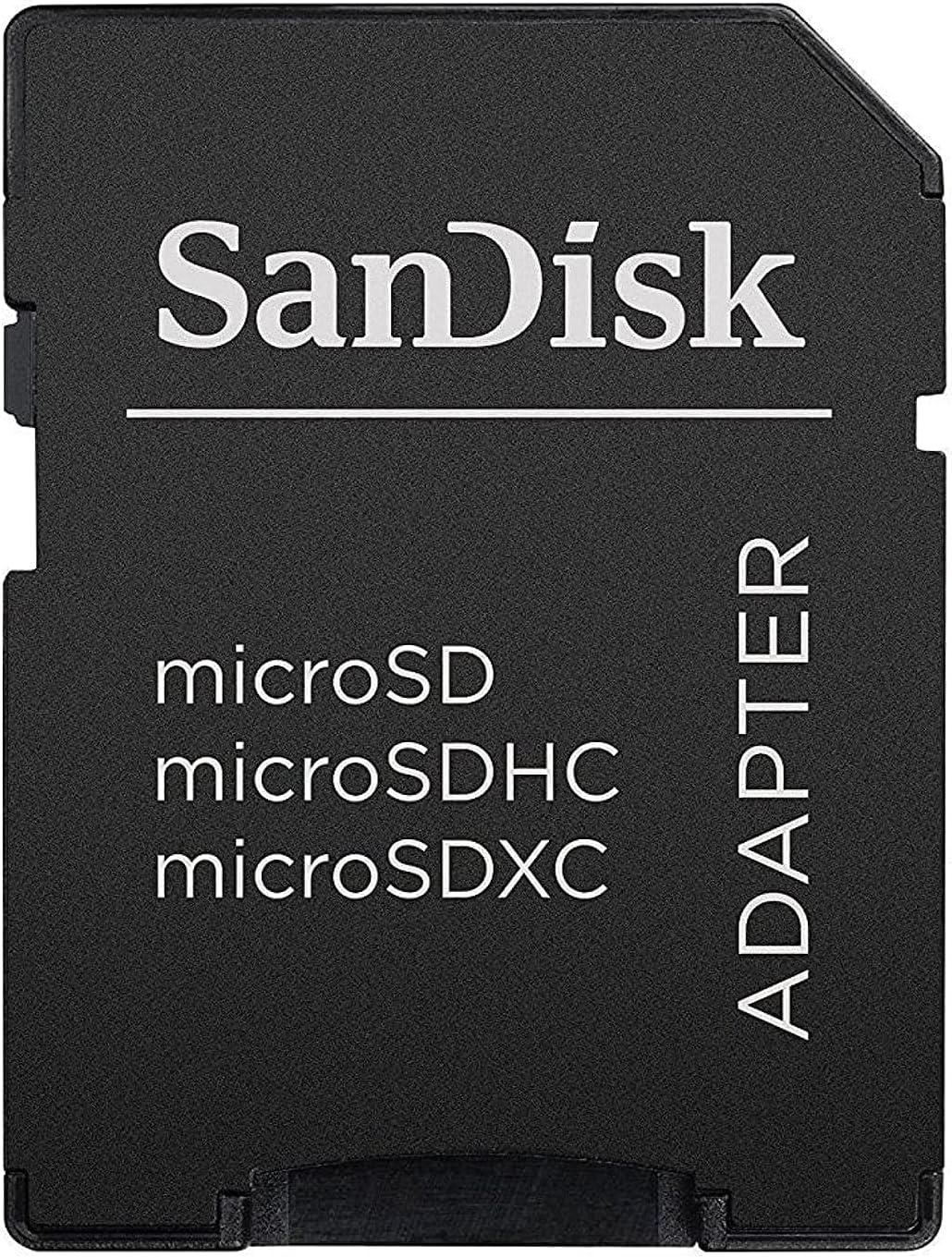About this deal
The following line appends the message World!\n in the hello.txt file. The \n means that the next time you write something to the file, it will be written in a new line. appendFile(SD, "/hello.txt", "World!\n"); Rename a File
The module contains 6 pins for power and communicating with the controller. The table below describes the pin type and role of each pin on the module.
Here’s an example of how to call this function. The / corresponds to the microSD card root directory. listDir(SD, "/", 0); Create a Directory
Maybe there are differences between the versions of Arduino IDE because I don’t get to see: Examples > SD(esp32) > SD_Test The result in the list from Arduino IDE is that de line “Failed to open directory” was not shown and followed by two additional lines: If you want to use custom SPI pins with the microSD card, go to this section. Get microSD Card Type Insert your network credentials in the following variables, and the code should work straight away: // Replace with your network credentials
Buyer’s Guide to Finding a Micro SD Card Adapter
Insert the memory card into the reader, plug in the reader into the USB-C port on your iPhone, open the Files app and the SD card will show up. That’s genuinely all it takes. The listDir() function lists the directories on the SD card. This function accepts as arguments the filesystem ( SD), the main directory’s name, and the levels to go into the directory. void listDir(fs::FS &fs, const char * dirname, uint8_t levels){
Get to the motherboard and connect all the cables. These include a USB header, USB 3.0 cable, an Audio header, and two SATA cables. Insert your network credentials in the following variables and the code will work straight away: const char* ssid = "REPLACE_WITH_YOUR_SSID"; Use the deleteFile() function to delete a file. Pass as an argument the SD filesystem and the file path of the file you want to delete. void deleteFile(fs::FS &fs, const char * path){ If you don’t pass any argument to the begin() function, it will try to initialize SPI communication with the microSD card on the default chip select (CS) pin. If you want to use another CS pin, you can pass it as an argument to the begin() function. For example, if you wanted to use GPIO 17 as a CS pin, you should use the following lines of code: Serial.begin(115200);Besides adding USB ports to your PC, some high-end Hubs also offer microSD and SD card slots. You need to first insert a memory chip here and then connect the device to your PC using its USB Type-A or Type-C cable. In the setup(), the following lines initialize the microSD card with SD.begin(). Serial.begin(115200); To better understand how this example works, we recommend taking a look at the following tutorials: This, here, is a very refreshing, pleasant and useful place that has helped me, and I notice, many others, on many occasions.
Firstly, you need to identify the SD card family you’re using — standard, mini, or micro. Each of them differs in terms of size and is categorized into four types based on memory capacity — SDSC, SDHC, SDXC, and SDUC. The following function tests the test.txt file. testFileIO(SD, "/test.txt"); Initialize the microSD Card
Pros
The SD.h and SD_MMC.h libraries use the VSPI SPI pins (23, 19, 18, 5) by default. You can set other pins as SPI pins. The ESP32 features two SPI interfaces: HSPI and VSPI on the following pins: SPI
 Great Deal
Great Deal 